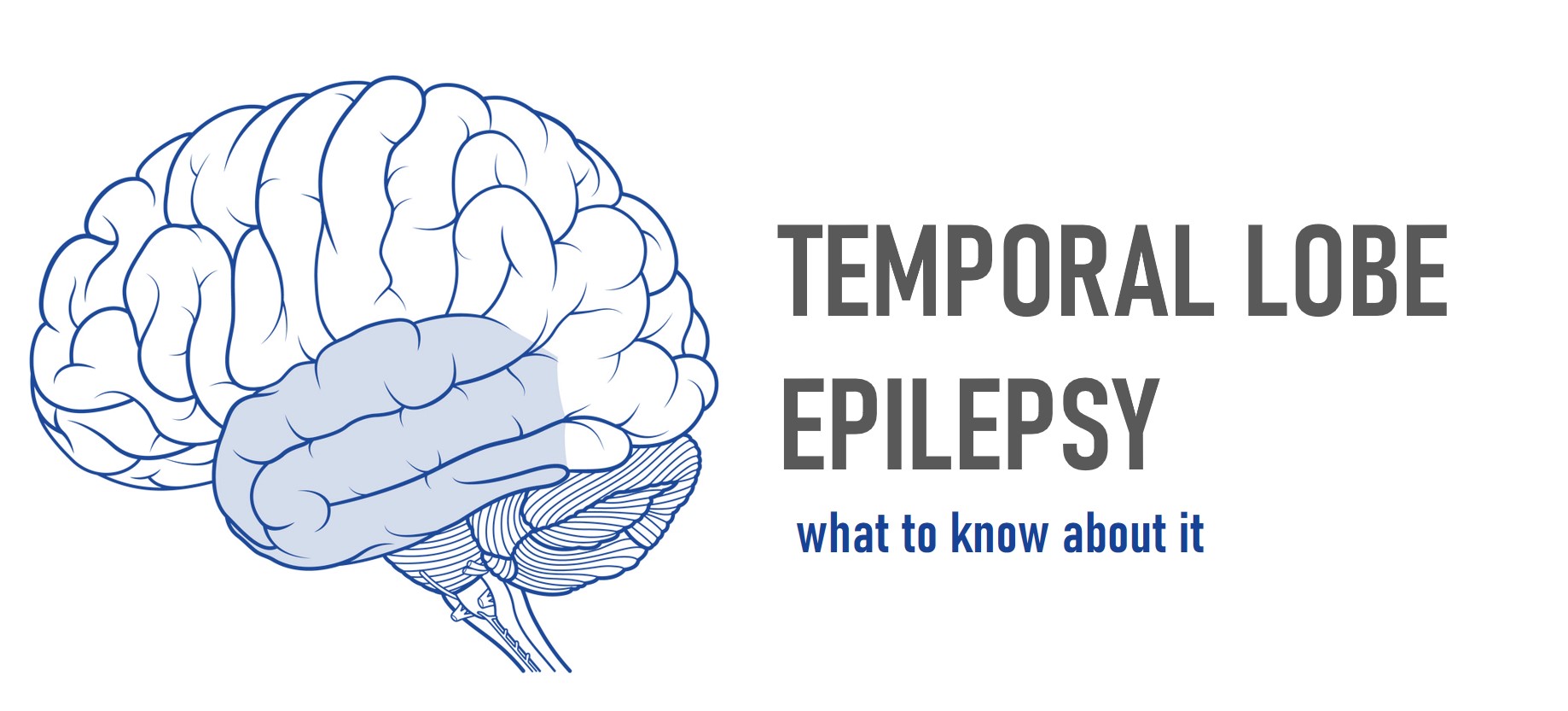Temporal Lobe Epilepsy (TLE) is one of the most common type of focal epilepsy. According to the Epilepsy Foundation, TLE occurs in around 6 out of 10 people with focal epilepsy.
What is temporal lobe epilepsy?
Temporal lobe epilepsy is the term used when seizures occur in the temporal lobe areas of the brain. We have 2 temporal lobes, one on each side of our head behind temples (ears). The temporal lobe is the area of the brain that processes memories and sounds, interprets vision, produces speech, understands language, controls some unconscious/automatic responses such as hunger, thirst, fight-or-flight, emotions, and sexual arousal.
Some people remain aware of what’s happening but during more intense seizures, patient might look awake but be unresponsive. Hands and lips make repetitive movements purposelessly.
What causes temporal lobe epilepsy?
Often the cause of TLE remains unknown. However, there can be a number of factors including:
- Traumatic brain injury
- scarring (gliosis) in a part of the temporal lobe called the hippocampus
- Blood vessel malformations in the brain
- Stroke
- Brian tumors
- Brain infection
- Developmental abnormalities
- Alcoholism or alcohol withdrawal
“An estimated 25% of epilepsy cases are preventable. Preventing head injury is the most effective way to prevent post-traumatic epilepsy.”
WHO
What are the symptoms of temporal lobe epilepsy?
There are two types of focal seizures, each of which has its own distinct signs and symptoms, as follows:
Focal aware seizures – signs and symptoms
- Déjà vu (a feeling of familiarity), a memory, or jamais vu (a feeling of unfamiliarity)
- Sudden sense of anxiety, fear or joy
- A rising sick feeling in stomach
- Altered sense of hearing, smell, taste, sight or touch
- Difficulty speaking
- Visual distortions
Focal impaired awareness seizures – signs and symptoms
- Staring
- Repetitive behaviours and movements of the hands, eyes and mouth
- Confusion
- Unusual speech, altered ability to respond
SEE ALSO: Helping someone with epilepsy or having seizures
When to see a neurologist
Seek immediate medical help if any of the following occurs:
- The seizure lasts more than five minutes.
- Breathing or consciousness doesn’t return after the seizure stops.
- A second seizure follows immediately.
- Incomplete recovery after the event or slower recovery
- Have a high fever.
- You’re pregnant.
- Have diabetes.
- Got injured during the seizure
Treatment for temporal lobe epilepsy (TLE)
TLE treatment involves taking steps to prevent or limit seizures. In order to determine the best treatment plan, consult a neurologist specialist in epilepsy.
Based on the conditions, they will likely suggest options like medications, surgery or devices. With proper treatment many people successfully reduce or eliminate seizures.

